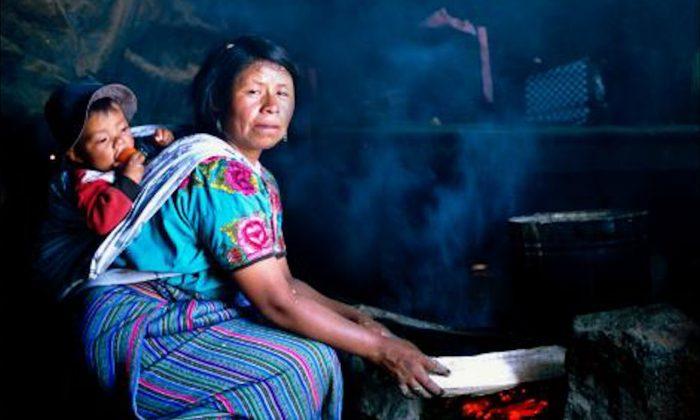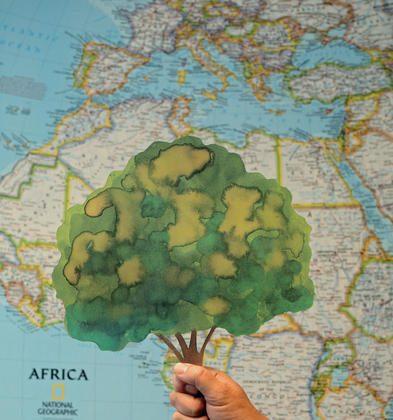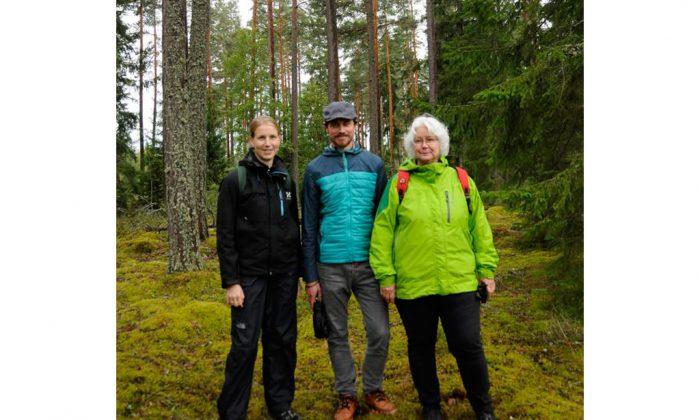While cooking can be considered a safe practice in most of the Western world, it is a potentially lethal activity in other regions.
“Cooking a meal is the biggest environmental health risk in the world,” said Radha Muthiah, executive director at Global Alliance for Clean Cookstoves.
Her organization estimates that 3 billion people around the world rely on solid fuels like wood, coal, charcoal, and animal dung for cooking.
“Three billion people risk death, sickness, and injury from a number of issues associated with the seemingly simple act of cooking. Four million people die annually—meaning that after high blood pressure, alcohol, and tobacco, household air pollution from cooking smoke is the biggest killer in the world,” Muthiah said.
Coal is the most commonly sold fuel when it comes to household energy and solid fuels are mostly burned in open fires and other primitive stoves with inadequate ventilation, which expose the families to toxic indoor smoke, according to an article in the ACS journal Environmental Science & Technology.
The primitive stoves also affect global warming, as millions of tons of soot are spreading into the atmosphere.
A clean cookstove can reduce carbon emissions by up to three tons per year, according to the Global Alliance of Clean Cookstoves.
“With women serving as the cooks in most developing countries, usually with their small children at their side, household air pollution (HAP) causes a range of cancers, heart and lung diseases, cataracts and developmental and neurological impacts,” Muthiah said.
Women and children are also spending a lot of time collecting fuel, one of the duties that makes them too busy at home to attend school. Girls spend as much as 20 hours per week collecting fuels.
In many sub-Saharan African countries, almost every household relies on solid fuel. In South Asia and Southeast Asia a lot of people use these primitive stoves. In India, household air pollution from cooking is the leading health risk factor.
Various experts and governments have tried to tackle this problem with various results and in 2010, Secretary Clinton launched the Global Alliance for Clean Cookstoves led by the United Nations Foundation to deal with this problem.
“Today, the alliance is made up of more than 650 partners across six continents, all working toward the goal of a hundred million households adopting clean cookstoves and fuels by 2020,” Muthiah said.
To reach this goal, various actions have taken place, such as commissioning research to underscore the problem, and the solutions that are proven to work; establishing the first international standards to define cookstove safety, cleanliness and efficiency; conducting in-country market assessments; supporting testing centers worldwide; linking investors with cookstove entrepreneurs and many other activities.
“The countries in which the Alliance has targeted its resources at this stage include Bangladesh, China, Ghana, Kenya, Nigeria and Uganda,” Muthiah said.
Changing to cleaner stoves will have a huge impact on both people and the environment. It can reduce fuel consumption and exposure to cookstove smoke, which will lead to much better health and a healthier environment.
“By involving women in every aspect of the cookstoves value chain,” Muthiah said, “we can spur the level of adoption of clean cooking solutions that is necessary to one day move from saying ‘cooking shouldn’t kill’ to ‘cooking doesn’t kill.’”





Friends Read Free